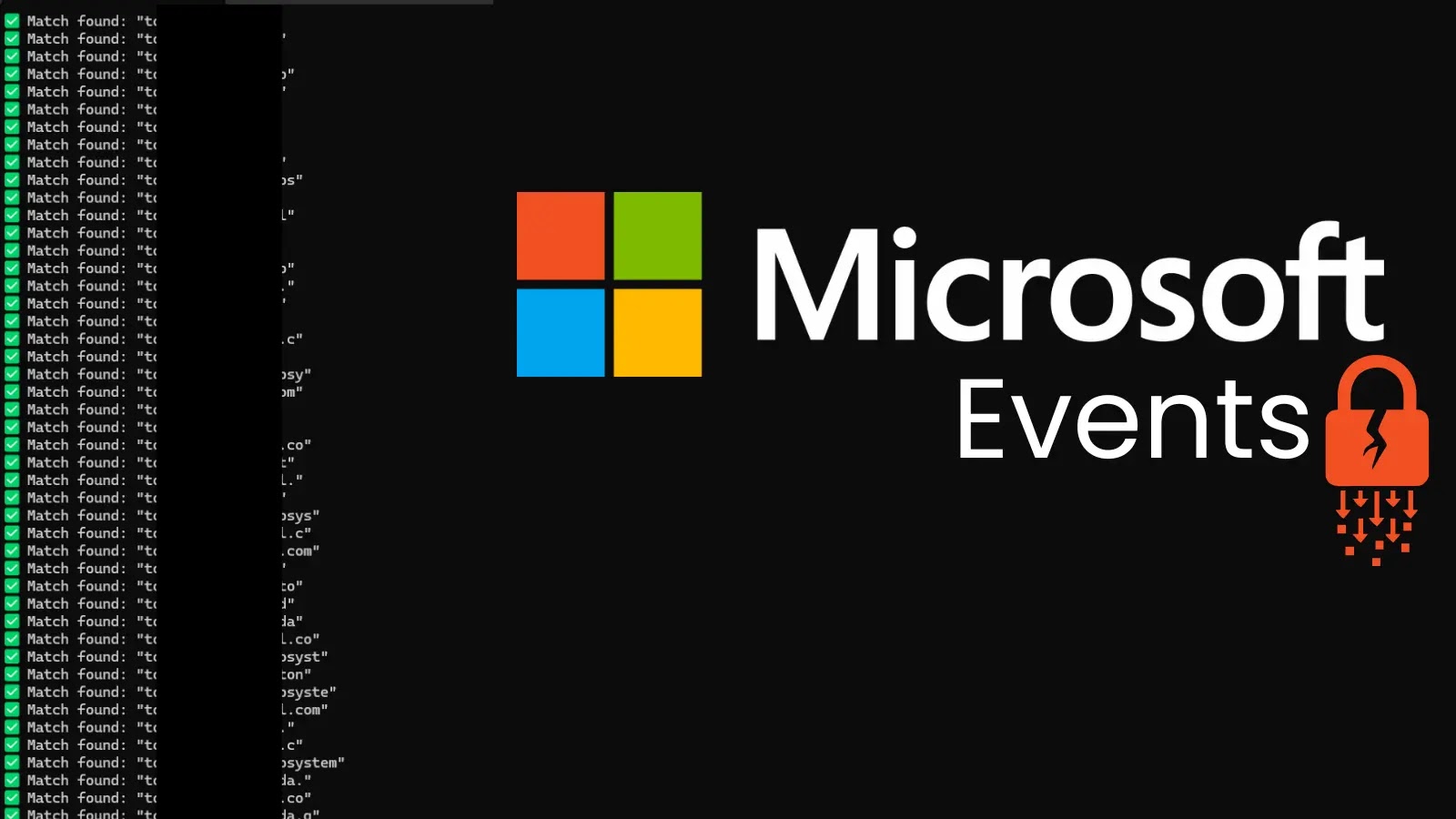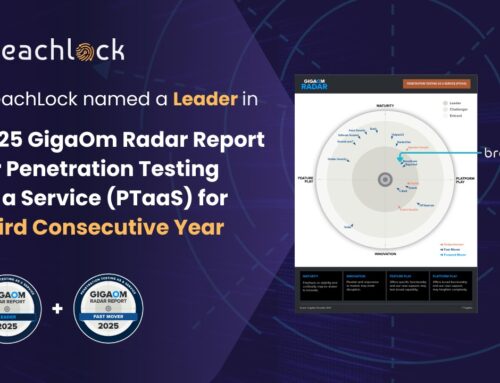
Microsoft Events Vulnerability Exposes Users Personal Data From Registration And Waitlist Databases
Unveiling a Critical Flaw: Microsoft Events Vulnerability Exposes User Data
The digital landscape often lulls users into a false sense of security, assuming that major platforms inherently protect their sensitive information. However, recent findings serve as a stark reminder that even industry giants are susceptible to misconfigurations and vulnerabilities. A critical security flaw discovered within the Microsoft Events platform could have allowed unauthorized access to the personal data of users, directly impacting both event registration and waitlist databases. This exposure underscores the continuous need for vigilance in cybersecurity, from both platform providers and end-users.
The Discovery by a Young Bug Bounty Hunter
The vulnerability was brought to light by a 15-year-old bug bounty hunter known as Faav. This discovery highlights the invaluable role the cybersecurity community, including ethical hackers and researchers, plays in identifying and reporting security weaknesses before malicious actors can exploit them. Faav’s findings revealed that sensitive user data, including full names and email addresses, was at risk. While the specific CVE ID for this vulnerability was not provided in the source material, such critical exposures often warrant a formal identification and tracking within the CVE database, managed by MITRE.
Understanding the Data Exposure
The core of this vulnerability resided in the potential for attackers to access user information stored in two distinct databases: the event registration list and the waitlist. For anyone who has registered for a Microsoft-hosted event or signed up for a waitlist through their platform, their personal identifiers could have been exposed. This type of data breach can lead to a cascade of negative consequences for individuals, including:
- Phishing Attacks: Exposed email addresses and names are prime targets for highly personalized and convincing phishing campaigns.
- Spam and Unwanted Communications: Malicious actors can compile lists of exposed contacts for unsolicited marketing or fraudulent schemes.
- Identity Theft Risks: While full identity details might not have been exposed in this specific instance, the combination of names and emails can form a crucial part of a larger data aggregation effort by cybercriminals.
The fact that two separate databases were implicated suggests a broader systemic issue within the platform’s access controls or data segregation, emphasizing the importance of thorough security audits across all interconnected systems.
Remediation Actions and Best Practices
While Microsoft has presumably patched this specific vulnerability, the incident serves as a crucial reminder for individuals and organizations alike to bolster their data protection strategies. Here are key remediation actions and best practices:
- For Microsoft Users: While direct action from users for the patched vulnerability isn’t required, remain vigilant for any unusual emails or communications that appear to originate from Microsoft or related entities. Always verify the authenticity of links and sender addresses before clicking or providing information.
- For Event Organizers and Platform Developers:
- Regular Security Audits: Conduct frequent penetration testing and security audits, especially for platforms handling personal identifiable information (PII).
- Implement Strong Access Controls: Ensure granular access controls are in place for all databases, limiting access to only necessary personnel and systems.
- Data Minimization: Collect only the data that is absolutely essential for event registration and waitlist management. The less personal data stored, the less there is to expose in case of a breach.
- Incident Response Plan: Develop and regularly test a comprehensive incident response plan to quickly identify, contain, and remediate security incidents.
- Bug Bounty Programs: Actively engage with bug bounty communities, as exemplified by Faav’s discovery, to leverage external expertise in identifying vulnerabilities.
Tools for Vulnerability Detection and Mitigation
For organizations developing and maintaining platforms, employing the right tools is critical for proactive security. While this specific vulnerability was discovered manually, many tools can assist in identifying similar weak points.
| Tool Name | Purpose | Link |
|---|---|---|
| OWASP ZAP | Web application security scanner to find vulnerabilities | https://www.zaproxy.org/ |
| Burp Suite | Comprehensive toolkit for web security testing | https://portswigger.net/burp |
| Nessus | Vulnerability scanner for identifying system and network weaknesses | https://www.tenable.com/products/nessus |
| Snyk | Developer-first security platform for finding and fixing vulnerabilities in code, dependencies, containers, and infrastructure as code | https://snyk.io/ |
Conclusion: Continuous Vigilance is Key
The exposure of user data via a Microsoft Events vulnerability, reported by a sharp-eyed bug bounty hunter, underscores a foundational truth in cybersecurity: no system is entirely impervious to attack or misconfiguration. This incident stresses the critical importance of rigorous security testing, robust access controls, and transparent communication from platform providers. For all users, heightened awareness regarding personal data exposure and an understanding of potential follow-on attacks remain essential defenses in an ever-challenging digital environment. Organizations must commit to continuous security refinement, drawing lessons from such disclosures to fortify their digital fortresses against evolving threats.





